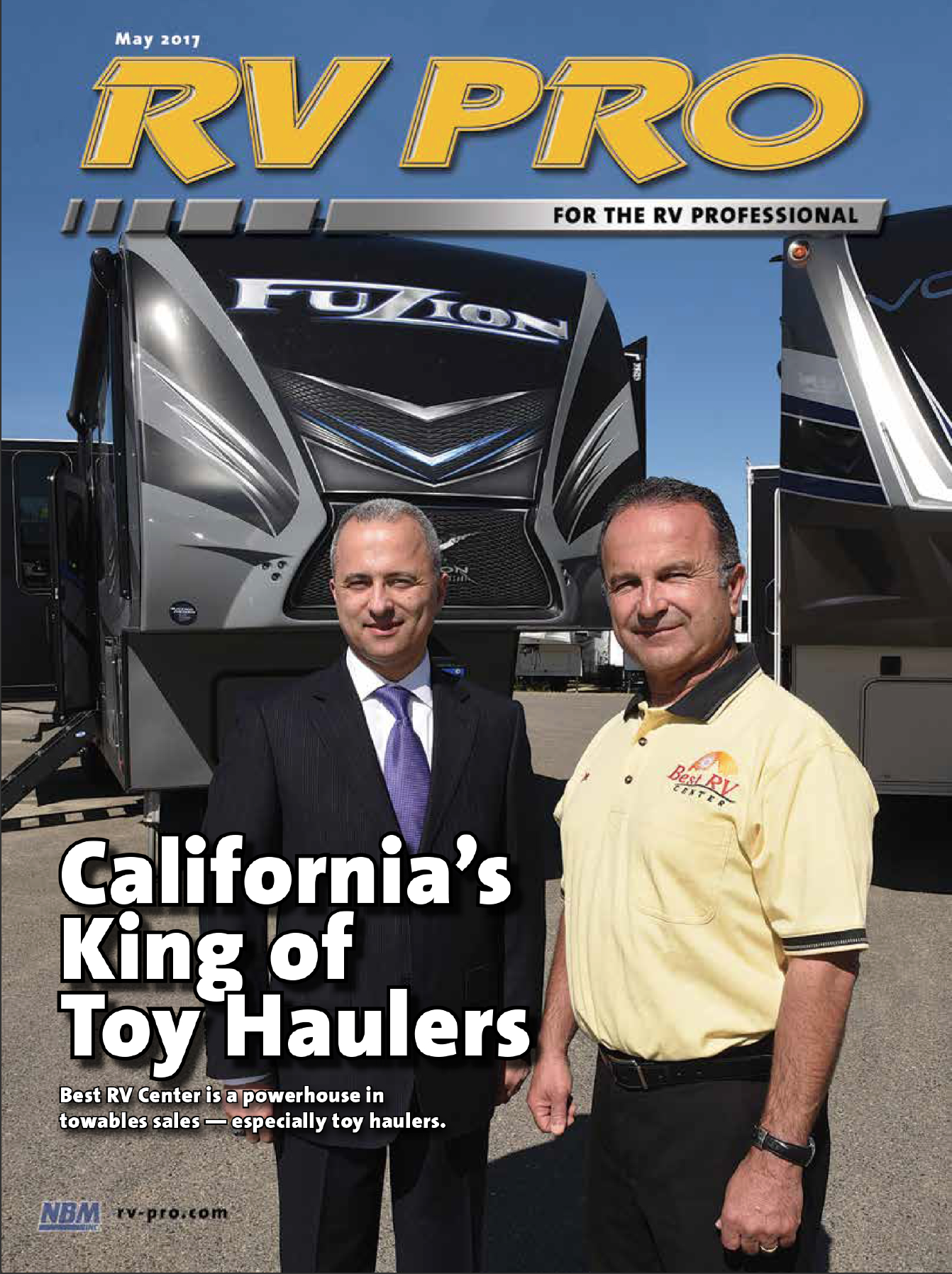
When Kirkland, Wash.-based teardrop trailer manufacturer Homegrown Trailers wanted to boost the sustainability of its building materials, the RV maker did something innovative – it used sheep’s wool from supplier Havelock Wool to insulate the walls of its trailers.
Previously, Homegrown Trailers was taking a more traditional approach to insulating its trailers.
“We were using rigid-foam insula-tion,” said Corey Weathers, co-founder and CEO of Homegrown Trailers. It wasn’t necessarily bad, he said, but the way the insulation was produced didn’t meet Homegrown’s sustainability philos-ophy. Foam insulation, while it does have anti-moisture and anti-microbial prop-erties, can’t be recycled. It can only be thrown away. “After building two trailers in the prototype phase, I said that I bet we could use wool for the entire trailer.”
And, no, this isn’t a deathtrap for those allergic to lanolin. The wool is safely isolated behind wood panels (just don’t punch a hole through the wall).
Since launching in 2016, Homegrown produces about three to six trailers a month. That number is expected to grow as the RV maker moves into a larger facility near a Google campus in Kirkland, where 100 percent of the build-ing’s energy will be renewable. Paired with this new approach to insulation and other materials, it could be something the RV industry begins to adapt.

“green” alternative using foam, and believes other manufacturers may also come to see the value of using wool as an insulator.
“I think the RV industry is really intrigued with where we’re going – the products we’re using,” Weathers told RV PRO in a March eNewsletter exclu-sive. “We kind of built the case that not everything has to be fiberglass- and plas-tic-based materials.”
He added that it’s not something other manufacturers should feel threat-ened by.
“It’s not like we’re the new guy on the block that they have to outdo,” he said. “We offer a unique product and to a dif-ferent type of customer. Overall, people are very supportive.”
Batt form and loose-fill wool insulation carries unique properties that surpass the quality of run-of-the-mill insulation, some research finds. It can even manage moisture against 65 percent relative humidity while also desorbing and reabsorbing against the ambient air. It’s an important factor when it comes to the looming concern of dry rot. However, while there is moisture, wool is a keratin and will therefore not support mold growth.
Using wool, said Weathers, makes the trailer feel “cozier” – a notion man-ufacturers and consumers can enjoy in equal measure.

Use my ev fulltime between Erie, PA and South Florida. Always run a dehumidifier when on shore power. Wish to insulate new vintage Holiday Rambler rv build with wool. Will it work in these humid locations?
Yes, it will work as wool naturally manages moisture. Contact us for more details. Thanks!